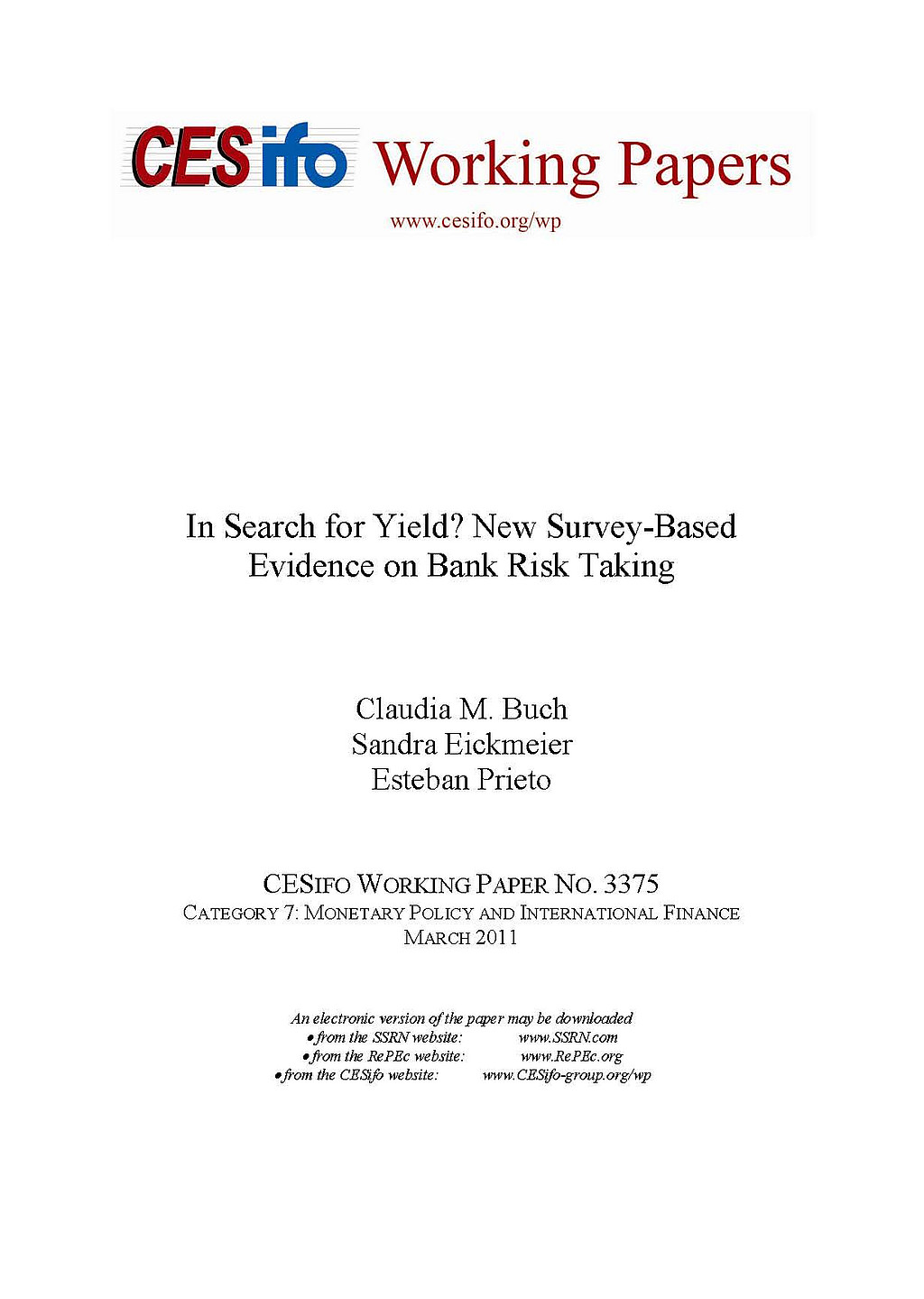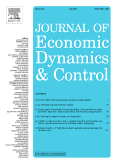
In Search for Yield? New Survey-Based Evidence on Bank Risk Taking
There is growing consensus that the conduct of monetary policy can have an impact on financial and economic stability through the risk-taking incentives of banks. Falling interest rates might induce a “search for yield” and generate incentives to invest into risky activities. This paper provides evidence on the link between monetary policy and commercial property prices and the risk-taking incentives of banks. We use a factor-augmented vector autoregressive model (FAVAR) for the U.S. for the years 1997-2008. We include standard macroeconomic indicators and factors summarizing information provided in the Federal Reserve’s Survey of Terms of Business Lending. These data allow modeling the reactions of banks’ new lending volumes and the riskiness of new loans. We do not find evidence for a risk-taking channel for the entire banking system after a monetary policy loosening or an unexpected increase in property prices. This masks, however, important differences across banking groups. Small domestic banks increase their exposure to risk, foreign banks lower risk, and large domestic banks do not change their risk exposure.





